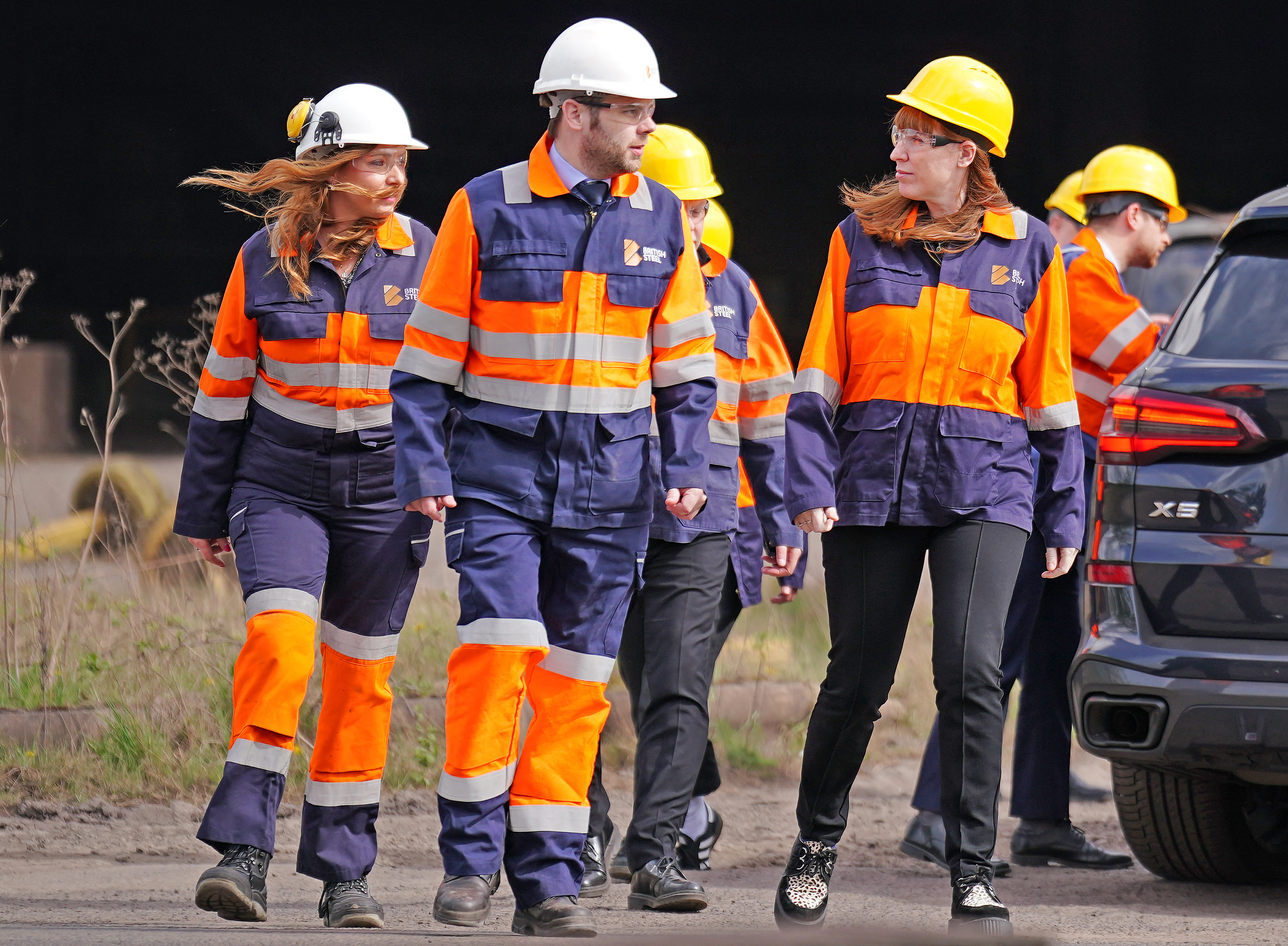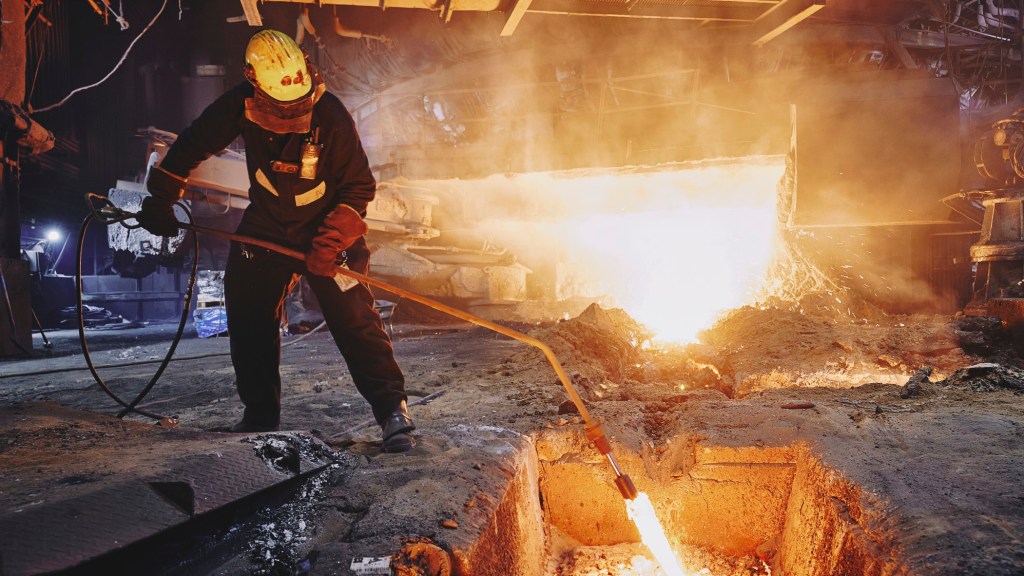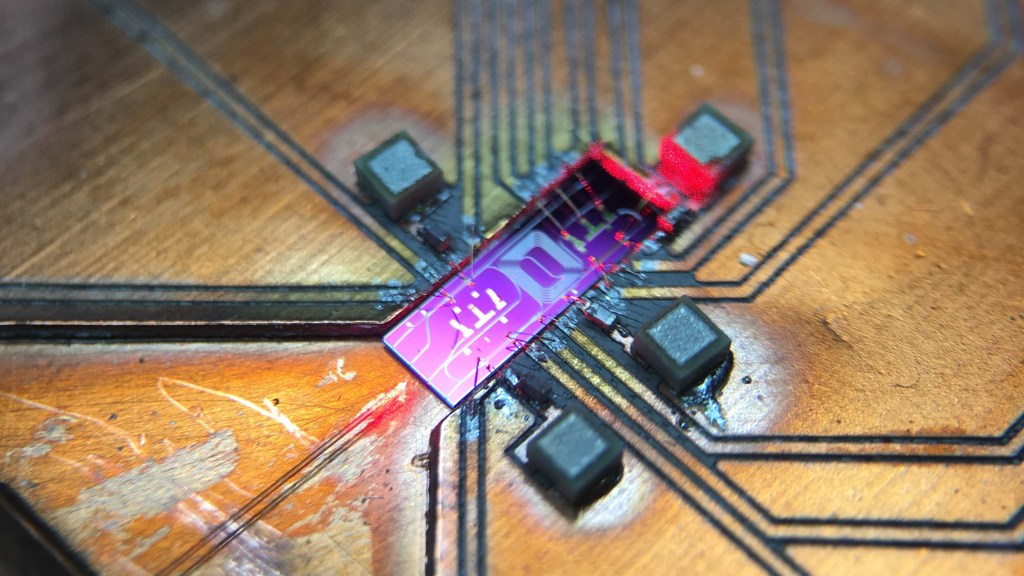British Steel’s Scunthorpe Facility Can Transition to Electric Arc Furnaces with £2 Billion Investment
The blast furnaces at British Steel’s Scunthorpe facility could be replaced by more cost-effective and environmentally friendly electric arc furnaces if a financial commitment of approximately £2 billion is secured from either the taxpayer or investors.
This investment estimate was presented by the newly appointed interim chief executive of British Steel, Allan Bell, following his appointment by the government last week. The government is effectively nationalizing the company, which is currently owned by Jingye, a Chinese conglomerate.
This month, government ministers recalled parliament to pass urgent legislation that allows for government control of British Steel following the breakdown of discussions with Jingye regarding financial support for transitioning to greener technologies. Nationalization appears to be the most viable option ahead of a possible sale.
In light of growing financial losses, Jingye had proposed cutting 2,700 jobs and closing the Scunthorpe blast furnaces this summer. The company also declined a £500 million bailout from the government aimed at facilitating the transition to electric arc furnaces that would utilize domestic scrap metal instead of imported iron ore and coking coal.
Bell indicated that this transition is still feasible within a three-year timeline, during which the current blast furnaces would remain operational.
The Scunthorpe plant supplies steel for three-quarters of major construction projects in the UK and 95 percent of the rail materials for Network Rail upgrades.
During a recent session with members of parliament on the business and trade committee, Bell articulated the pressing need for decarbonization, stating, “The company cannot and will not survive without decarbonizing, not only for financial sustainability but also due to market pressures to deliver low-carbon steel products.”
He affirmed that British Steel is committed to shifting to a fully electric arc furnace steelmaking approach, although he cautioned that it represents a £2 billion undertaking that the private sector could not execute without government backing.
Government officials and industry experts are developing an “investment case” to attract potential buyers for British Steel. The government has set aside £2.5 billion as part of a green steel fund aimed at revitalizing an industry that has faced decline for many years. Experts have noted that any investment proposal must include government support.
According to Bell, the installation of electric arc furnaces at Scunthorpe would take three years, during which the site will require electrical connections from the National Grid. He assured MPs that all grades of steel can be produced with electric arc furnaces without needing to use virgin steel from blast furnace processes.
He emphasized, “We believe that the products produced through the integrated steelmaking route can be replicated through the electric arc furnace method in the future.”
To produce higher-grade steel, additional hot briquetted iron will be needed, a product used for the long-distance transport of direct reduced iron (DRI) or sponge iron, essential in steel production.

A report from the Institute for Energy Economics and Financial Analysis indicated that the UK should currently have easy access to import such iron from “friendly” DRI producers including Sweden, Canada, Brazil, and Australia.
Tata Steel is also advancing towards electric arc furnace technology at its significant steelworks in Port Talbot, South Wales, which is anticipated to be operational by the end of 2027.
Rajesh Nair, chief executive of Tata Steel UK, stated, “Technology has progressed, and we should leverage it to our advantage. The UK possesses vast amounts of scrap and is the world’s second-largest scrap exporter. We must process our scrap to produce high-quality steel instead of exporting it. We need to align our efforts to ensure that electric arc furnace steel meets all application requirements.”




Post Comment